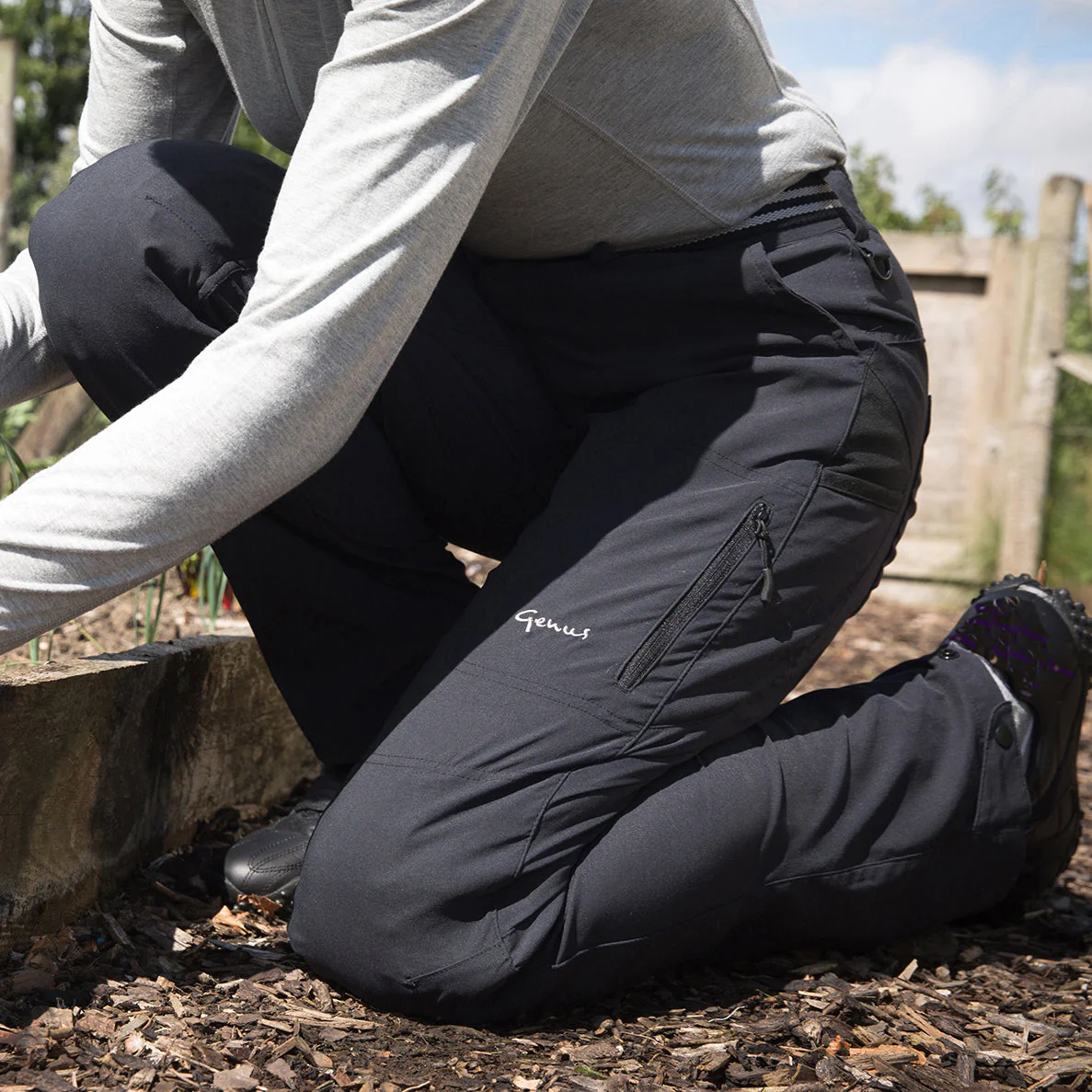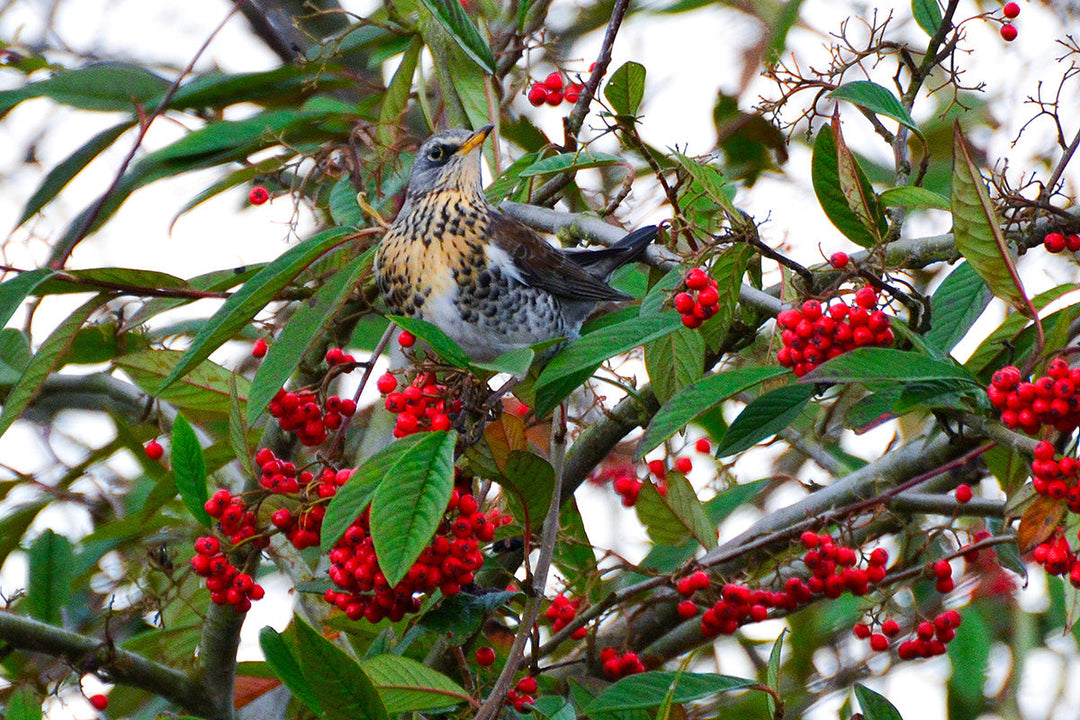Flying ant day

This week at Genus HQ, as the sun shone and the day grew warmer, we spotted some activity in the rockery on the western side of the cottage. Closer inspection revealed a colony of ants taking to the wing. In the UK, the most common species of flying ant to be spotted is the black garden ant, Lasius niger. This yearly swarming event typically occurs in July or August, coinciding with warm and humid weather, and the timing varies across regions due to local weather conditions. Ants in cities tend to fly earlier because temperatures tend to be warmer than in rural areas.
Contrary to the popular belief of a single 'flying ant day', an interesting citizen science project by the Royal Society of Biology revealed that there is, in fact, a flying ant season where the winged ants emerge over several weeks, with multiple peaks in appearances, each lasting only a few days. The trigger for this event is the weather. Ants take flight on warm, non-windy days when conditions have improved compared to the previous day, with some evidence suggesting that flying ant days often follow summer rain.
During the flight, the large winged females and smaller winged males fly together, mating in mid-air. With the males' role over, they soon die. On landing the mated queens, chew off their wings and begin searching for a suitable nesting site to establish a new colony. Once settled, the queen will spend her life laying fertilized eggs, and her colony can grow to thousands strong. It was fascinating to watch and no sooner had it started than it was all over the ants dispersed across the garden and surrounding meadows.











